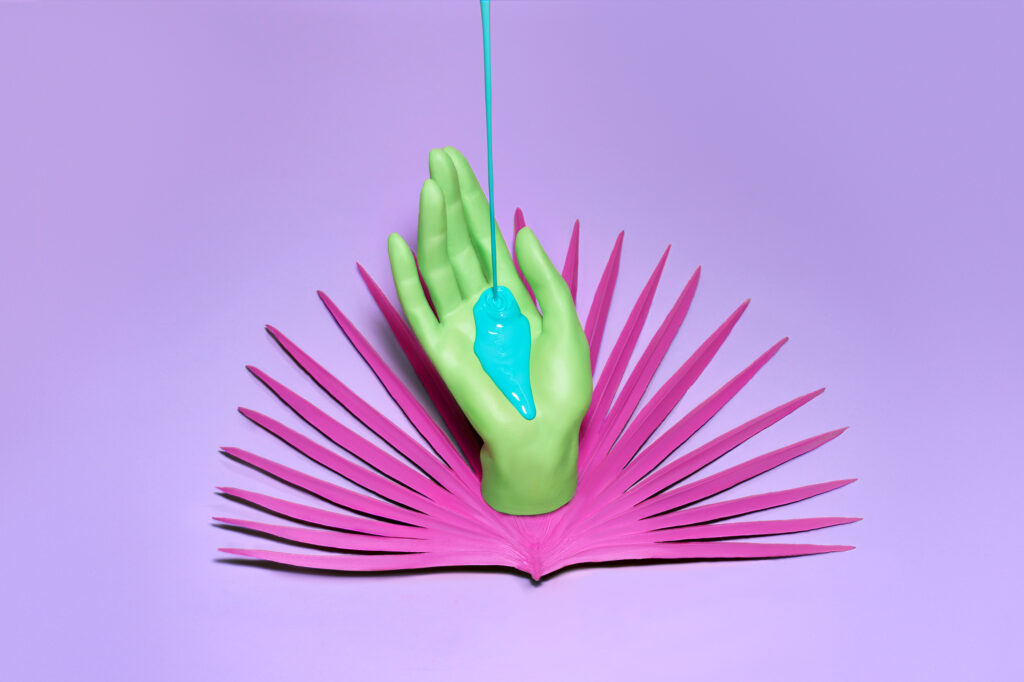Words by Jessica Golich | Images by Julien Palast



Ever since the first photograph was developed, a cavalcade of photographic processes has framed our perceptions of images. Waxing and waning through coloration and tonal range is seemingly natural for Paris- based French photographer, Julien Palast, whose idiosyncratic vision and artistic vulnerability is downright enrapturing. Through simultaneously spinning humanity’s wheels and evoking deep feelings of intimacy and affection, Julien’s photographs are cleverly conflicting with their kaleidoscopic mix of colors, textures and backdrops contrasting against bold objects. Julien’s forward-thinking mind and inventive appetite provide visual highlights that emit quality and depth within its unique elucidation. The aesthetic language of photography that Julien has created allows each shot to be approachable, and invites its viewers to question what still life should represent while the work itself communicates the message.
Explain your love affair with highlighting the human body in technicolor.
For the SkinDeep series I was interested in creating ephemeral sculptures, a creation that would change a human into a statue. The material used allowed a good range of colors, enhanced more in post processing. As the pictures could be a bit strange and disturbing, the colors were a good way to make them less scary and added some depth to the pictures.
Your photographs are deeply intimate without being intrusive. How do you redefine the medium to capture your own creative expression?
Again, with the SkinDeep series the bodies are hidden with a material that hides certain parts of the body, as well as revealing other parts. I like the fact that it makes the body nearly anonymous, yet you can still find some details that are very personal.
Each of your images, besides being masterfully composed, have a strong and highly idiosyncratic aesthetic. Is this a conscious effect that you seek to produce?
I think when I create I am drawn to certain aesthetics but I am not necessarily aware of it. I enjoy monochromatic pictures or pictures with very few colors, as it gives more strength to the shapes. I also enjoy vintage 3D aesthetics and I think it affects my work in a way.
How do you maintain a splash of your own style even in commercial assignments?
I guess the people that want to work with me are interested in a certain style. Sometimes the productions are very constrained, so the result may appear a bit stiffer, sometimes they are very loose and free, the challenge is to be creative with each one.
What photographers from the past or present have influenced you the most?
I use to love the work of Jean-Paul Goude as a teen, as well as Jean-Baptiste Mondino and Herb Ritts.






